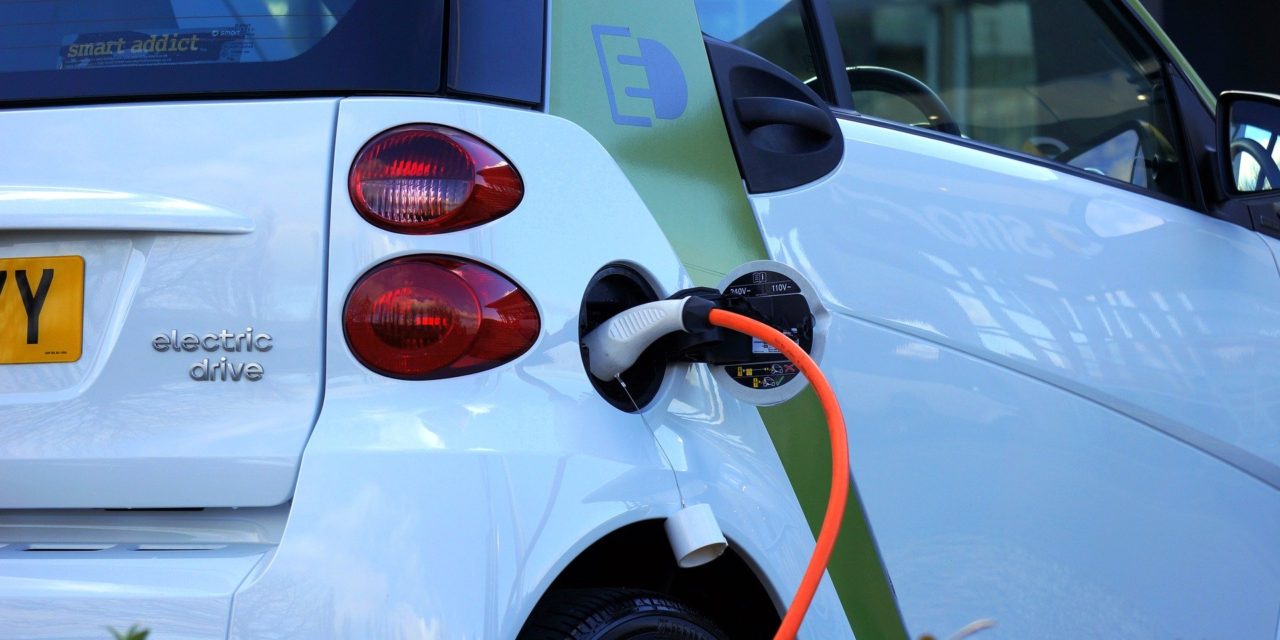The recent news that Dyson has pulled the plug (sorry…) on its electric car programme is sad, but doesn’t come as a great surprise. Making cars is difficult. Making cars that meet global safety standards is very difficult. Making a mass market electric car that truly delivers on the promise of cheap, clean mass transport is probably delusional. Most conventional car companies make an electric vehicle because it satisfies their environmental requirements to be seen to be doing something. But, even after all the hull-a-balloo of the last ten years (and more), electric cars have gained only tiny percentages of the global car market.
There’s a reason for that. Even as the manufacturers get closer to solving the range-anxiety and charging time issues, electric cars will not solve our planet’s congestion and emissions problems. The reasons are simple. Swapping a five-seat petrol car (typically occupied by one person) for an electric one of similar size doesn’t fix congestion. You still sit in the same queue, sweltering in a vehicle that can’t support prolonged use of its air-con without the draining the battery. Given that the alternative is being chilled, but slowly poisoned in a tin can filling rapidly with other people’s exhaust fumes, the answer is that you have to fix congestion and emissions at the same time.
Fixing the congestion problem (we’ll come onto that later) will also help with the electric car driver’s range-anxiety issues because the biggest drain on batteries is the effort required to get your half-ton of crash protection, plastic and Lithium moving.
Consider this; if your car broke down and needed a push, how much physical energy does it take for you to actually make it start moving? The not-at-all-standard scientific unit of static auto-pushing is the ‘Hn’ (hernias to you and me) and a typical mid-sized SUV has a rating of 1.5Hn…probably. Once you’ve got it going though, the energy required to keep it moving is relatively low. Your electric car has the same challenge. Every time you set-off from rest it takes a proportionately huge amount of battery power to get moving. And in a rush-hour traffic jam you’ll be stationary again (and repeating the process) every 20 yards.
Compare that with cruising at 50mph. Once you have momentum the only power required is a periodic tickle from the motor to maintain that speed. This is why in petrol-powered cars the urban miles-per-gallon is half that on motorways even though motorway speeds and subsequent aerodynamic challenges are many times higher.
And then there’s the cost of the electricity. Right now, electric cars are cheap to run…if you live in a house with a driveway and a garage. Without a garage you’ll be running an extension cable (which the manufacturers forbid) from your kitchen window over the pavement to your vehicle, hoping the postman doesn’t sue when he trips over it.
At least you don’t live in a tenth-floor apartment – getting your Tesla in the lift will test its autopilot system to the limit.
If one per cent of the UK’s 25 million car drivers swapped to an electric vehicle, that would mean 250,000 people requiring additional electricity. A small electric car requires 7500kWh to travel the UK average of 10,000 miles a year. A typical household uses 4000kWh per year so every electric car sold is like running an additional 1.8 houses every year. If 250,000 drivers bought an electric car, the added drain on the UK’s power network would be like building half a million additional houses.
As electric car sales grow, the demands on our power network would soon outstrip supply and to compensate, the power companies will have to build more capacity and burn more fuel to run them, which would raise electricity prices…for everyone and everything.
To power more electric cars your grandma will suddenly find the cost of boiling an egg and heating her apartment will increase dramatically. If she can’t afford the costs of heating, you’d better hope she can knit a new cardigan quickly or face the chilling consequences. This potential rise in energy prices and associated potential gran-o-cide is the primary reason we will never get close to mass electric vehicle ownership if plugging them into the mains is our only option.
So, electric cars don’t cure congestion, and work particularly inefficiently when stuck in it. As more of us buy them the price of all domestic electricity will have to increase dramatically to meet the demand. And that’s before we consider the inconvenience of finding a public charging point when we’re away from home, that doesn’t already have something plugged into it.
Thankfully, I might have a plan. And, thank you for wading 781 words into the article to hear it…
Instead of persuading a relatively small number of car drivers to individually go electric our governments should electrify the haulage industry. Trucking laws already require drivers to do a certain number of hours and then take an enforced rest, so the lengthy battery charging times would fit. In Europe, truckers can only do nine hours per day and must take at least a 45-minute break every four and a half hours.
The power delivery of an electric motor suits a truck’s needs much better than internal combustion. Instant torque, delivered without the need for 18 gears will make a driver’s life less stressful. Let’s assume the manufacturers could build an electric truck with a 250-mile range and a typical truck can average 40mph. In nine hours they’d travel 360 miles and would need a short top-up halfway through the day. If the fuel stations replaced the HGV part of their forecourts with rows of fast chargers that could top up the trucks to 60 per cent in an hour, a driver could pull in, have a 45-minute break, work on their free-motion embroidery and top-up their sparks for an additional 100 miles range before a full charge overnight at the truck stop.
It works with haulage because an industry already paying huge running costs could be subsidised via government incentives such as tax breaks. Plus, the working lifespan of a truck is much shorter than a typical private car, meaning the technology can advance faster because turnover and scrappage is higher. There are currently around 300,000 HGVs in the UK (a very small country with a disproportionate appetite for road haulage) and, at 33 tons a typical UK truck is slightly smaller than the 36-ton 18 wheelers in the USA (of which there are around 2.2 million on the road). A typical tractor/trailer unit averages 9mpg and would seriously benefit from the cost savings switching to electric power would bring. Plus, most trucks do most miles running big distances without the stop-start of congested commuter driving so would use their electricity more effectively.
Because the demand from haulage is already high and relatively consistent, the power companies and forecourts could plan their requirements and fund specific new power stations (or solar installations along the motorway and main road network) knowing they had sustainable income coming in from the trucks. And because a large percentage of commercial traffic would now be electric, not diesel, the clean air limits for cities would be easier to achieve allowing a longer phasing-out of private petrol vehicles.
In the meantime, we solve the congestion problem with a new generation of electric-powered scooters to do the ‘last-mile delivery’ for Amazon and other e-retailers from the out-of-town warehousing. In the 1950s Honda revolutionised transport for the masses with accessible, economical small motorcycles and scooters that were easy and safe to ride, inexpensive to buy, reliable and cheap to run. A lightweight electric scooter with a 60mph top speed, 150-mile battery range and $3000 price tag could revolutionise personal transport. One charge would last a working week, recharging the relatively small battery (small because a bike keeps moving in traffic and so runs its battery much more efficiently than a boxed-in electric car) would only take a couple of hours and could be done inside your hallway or porch from a regular electric plug socket.
A congestion study in Belgium in 2012 suggested that if ten per cent of car drivers switched to a motorcycle or scooter, the average journey time for every road user dropped by 40 per cent. And if 25 per cent of drivers switched, congestion was eliminated altogether.
In this scenario commuting would become easier, emissions would lower dramatically because the remaining petrol vehicles wouldn’t be stuck in traffic for 90 per cent of their journey time and private drivers could enjoy a gradual and phased transition into hybrids or Hydrogen-fuelled electric cars, which the manufacturers would develop faster because they no longer had to half-heartedly pretend to be interested in plug-in electric vehicles to keep the governments off their backs.
Now, I know this might come across as one of ‘those’ theories. And I’m a biochemist-turned journalist, not a transport boffin. But something here makes sense and surely if I can come up with this in my lunch hour, someone with a bigger brain and longer attention span than me can work out the details that I’m bound to have missed. Anyone out there fancy taking it on?










